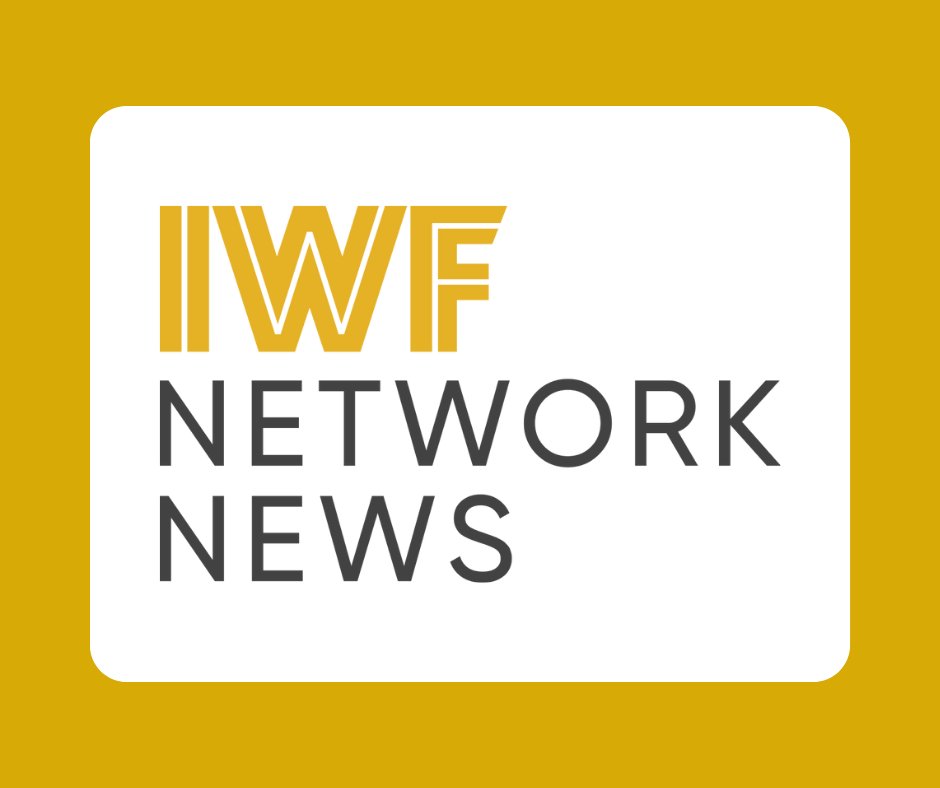What is the Corporate Transparency Act?
The Corporate Transparency Act (CTA) was enacted back in 2021, but few businesses have considered whether they’ll be impacted. Now that the law is officially in effect (as of January 1, 2024), small business owners now need to ensure compliance.
An estimated 32 million businesses will now need to report detailed information about their operations. However, in a survey of its members, the NFIB found that 90% have never heard of these new requirements. This article will outline critical information you need to know.
What is the goal of the Corporate Transparency Act?
The CTA was passed to tackle money laundering, tax fraud and other unlawful activities. Specifically, it targets “non-employer firms,” or entities that have no employees, according to Thomson Reuters. The reasoning is that many “bad actors” have concealed their ownership of corporations, LLCs and similar entities in the U.S. to cover up fraud, financing of terrorism and more.
As a result, many small business owners who have “one-person operations” will need to provide greater transparency into business operations by reporting Beneficial Ownership Information (BOI).
What is a Beneficial Ownership Information Report and who needs to file it?
Millions of small businesses will need to file a BOI Report with the U.S. Department of Treasury’s Financial Crimes Enforcement Network (FinCEN). Specifically, companies created or registered to do business before January 1, 2024, will have until New Year’s Day 2025 to file their initial BOI report, according to the FinCEN.
However, entrepreneurs who created or registered their businesses in 2024 can wait until receiving actual or public notice that their creation or registration is effective to file their BOI report. They will technically have 90 calendar days to file. Any company created on or after January 1, 2025, will need to file their reports within 30 calendar days of receiving actual or public notice that the business is effective.
Both domestic and foreign companies need to file, according to Thomson Reuters, with reporting companies typically including:
- Limited liability partnerships
- Limited liability limited partnerships
- Business trusts
- Most limited partnerships created by filing with a secretary of state or similar office.
Companies stared within the U.S. and required to file a BOI are called “domestic reporting companies,” while entities created in foreign markets but registered to do business in the U.S. are called “foreign reporting companies.”
Domestic reporting companies created before January 1, 2024, have to provide information about the company and its beneficial owners. Any domestic reporting company created on or after January 1, 2024, needs to provide information about the company, its beneficial owners and company applicants.
Which companies are exempt from filing a BOI report?
Exempted companies include securities issuers, domestic governmental authorities, banks, and others that don’t fall into the above categories. “Large operating companies” are also exempted from filing BOI reports, according to Wolters Kluwer. These are entities that:
- Employ more than 20 full-time employees in the U.S.
- Have an operating presence at a physical U.S. office
- Have filed a federal income tax or information return in the U.S. for the previous year, with more than $5 million in gross receipts or sales
What information needs to be reported?
Primary company details:
- Full legal name
- Any trade or “doing business as” names
- Current street address of principal place of business
- Jurisdiction of formation
- Taxpayer identification number
Beneficial owner and company applicant details:
- Full legal name
- Date of birth
- Current residential street address
- Unique identifying number and the issuing jurisdiction from a current U.S. passport, state or local ID document, driver’s license or a foreign passport and an image of the document from which the unique identifying number was obtained
Who is a “beneficial owner” and “company applicant”?
A beneficial owner is anyone who either exercises substantial control over the reporting of the company or who owns at least 25% of ownership interests. A company applicant is someone who directly files the document that creates the domestic reporting company and oversees the filing of the document. Company applicants can only be an individual who directly files the document to create the business entity — or files for the entity to do business in the U.S. The company applicant also can be the person primarily responsible for directing or controlling the filing.
Both beneficial owners and company applicants must report their information directly to FinCEN.
What happens if BOI report information is wrong or needs to be updated?
If information in a report is inaccurate, a new report must be filed within 30 calendar days. The same guidelines apply if existing information needs to be updated. For example, if a beneficial owner’s address has changed, or there has been a legal name change, the BOI report may need to be updated. It also would need to be updated if a company’s main headquarters changes.
Where can I go for more information and support?
The U.S. Chamber of Commerce encourages small business owners to consult lawyers or tax and accounting specialists if they need help filing their BOI reports.




